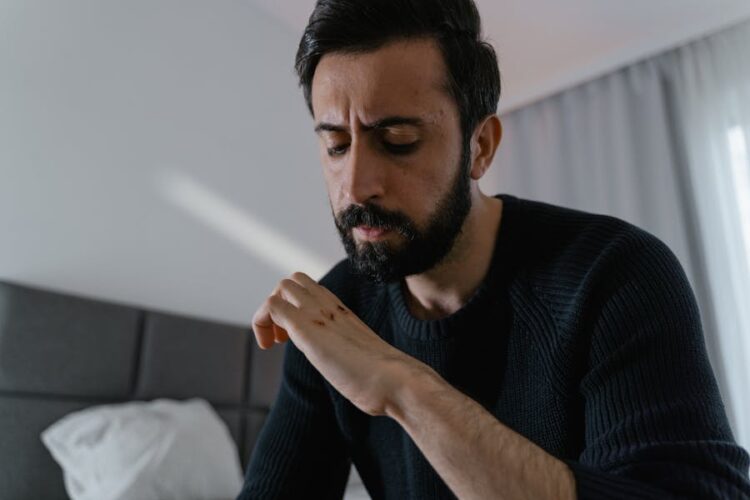The number of personal injury cases filed in 2020 jumped by 97%. Motor vehicle accidents are the most common cases filed; 50% of these are settled within 14 months. 70% of all people who file personal injury lawsuits receive a settlement, which in 95% of cases is out of court. However, only 19% of plaintiffs in medical malpractice cases are successful, compared to 61% of motor vehicle accident plaintiffs.
Let’s take a look at how the process of filing a personal injury claim works, according to Belt, Bruner & Barnett Personal Injury Lawyers, one of the best injury law firms in Alabama.
The personal injury claims process refers to the steps an injured person takes to seek compensation after an accident caused by someone else’s negligence. This process involves several phases to determine liability and seek a settlement or court award.
Reporting the Incident
The first step after any accident is to seek medical attention and report the incident to the proper authorities. This may include the police if it is a motor vehicle accident or your employer for a workplace injury. Reporting creates an official record that can support your claim later. Be sure to get contact details and insurance information from any involved parties.
Documentation
Proper documentation is key to proving your claim. This includes medical records related to diagnosis, treatment, and prognosis for the injury. Bills, receipts, and payment statements help tally losses and expenses. You also need evidence related to liability, such as accident reports, photos of injuries or property damage, eyewitness statements, video footage, etc. Organizing these documents chronologically in a file or notebook helps keep records intact.
Insurance Claims Process
You will need to file a claim with the at-fault party’s insurance company, who will investigate liability and damages. Provide documentation to support your losses and cooperate fully with the adjuster’s requests. The insurer will likely make a settlement offer, which your lawyer can advise you on accepting or rejecting. If you reject an offer, the next step is filing a personal injury lawsuit.
Finding a Local Personal Injury Lawyer
There are a huge number of personal injury law firms in the US. In Texas, for example, there are 13,652 businesses, and in Florida, 17,214. In contrast, in Alabama, only 856 personal injury law firms can help you get compensation with a personal injury lawyer. An experienced personal injury law expert is an invaluable ally during your claim. The lawyer thoroughly investigates the accident, determines viable legal claims, calculates losses, deals with insurance companies, and advises you throughout the process. Most personal injury lawyers work on a contingency fee basis, meaning you pay nothing upfront, and the lawyer takes a percentage of any final settlement or award.
Litigation
The litigation process starts by your lawyer filing a complaint that outlines your allegations and legal claims against the defendant. Extensive information gathering known as discovery helps build the evidentiary basis of your case. Your lawyer will also work to settle through mediation or a settlement conference before trial. If necessary, your case proceeds to a trial where a judge or jury decides if the defendant is liable for damages.
Settlement or Judgment
Over 90% of personal injury claims settle out of court, culminating in the defendant paying the settlement amount. If your case goes to trial and wins, the judge orders the defendant to pay the jury award. However, it can take weeks or months to collect if the defendant appeals or refuses to pay. In some cases, your lawyer may need to pursue collection actions, like wage garnishments, to recover what you are owed.
With an attorney’s help, the personal injury claims process aims to recover full and fair compensation for your injuries, losses, and suffering after an accident. Proper documentation and cooperation leads to the most favorable result.










